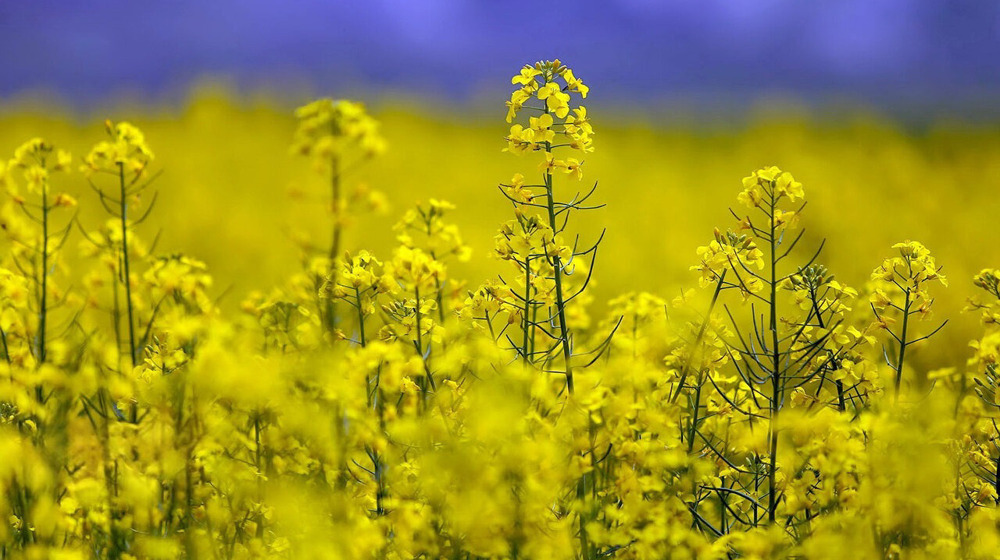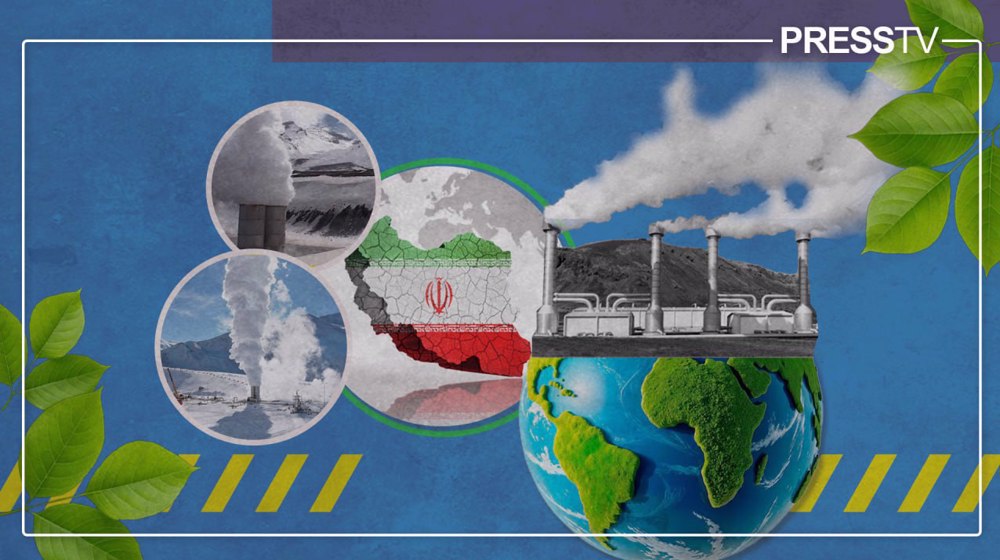Iran looks to rising bloc in EU mold to beat US sanctions
Iran is seriously rooting for the Eurasian Economic Union (EEU), a huge trading bloc in the mold of the European Union which seeks to connect Europe and the Asia-Pacific.
As a customs and trading bloc, the EEU seeks to integrate the competitive advantages of states located in central and northern Asia and Eastern Europe with a market of more than 170 million people.
Last month, Iranian President Hassan Rouhani traveled to Armenia to attend an EEU summit in Yerevan, signaling the country’s interest in joining the union.
The EEU, which emerged first as a customs union in 2011 and then as an economic union in 2015, now includes Armenia, Belarus, Kazakhstan and Kyrgyzstan alongside Russia. In 2016, Vietnam officially became the first non-regional country to join the bloc.
According to Russia’s RT television, more than 40 countries and international organizations, including several South American states, have expressed interest in joining the EEU.
The bloc’s primary objective is to create a single market for goods, services, capital and labor, a first step toward deeper integration of the like-minded nations.
In June 2016, Russian President Vladimir Putin proposed building a “greater Eurasian partnership” that would include the EEU and Commonwealth of Independent States (CIS) countries, in addition to China, India, Pakistan and Iran.
Alliance amid US trade war
China, Iran and Russia are looking to a sturdy Eurasian bloc with equal yearning, viewing it as a counterweight to the Western presence on opposite sides of the Eurasian landmass in East Asia, Eastern Europe and the Persian Gulf.
The trio is already facing a bruising trade war being waged by the United States which is targeting their vital economic sectors with sanctions.
The EEU is best placed to help Tehran increase its revenues from non-oil export at the time of increased US sanctions.
US President Donald Trump has been piling sanctions and heating up the rhetoric against Tehran as part of his “maximum pressure” policy, but the “pressure seems to have backfired and pushed Iran across the edge", British daily The Independent wrote on Saturday.
According to the paper, "economically, Iran has been able to draw on some of its financial reserves to cushion off the impact of American sanctions".
"The Iranian economy stays afloat in part because it is diversified—a trait that Washington often overlooks,” American news publication Foreign Policy wrote last week.
According to the magazine, Iran enters its second year under maximum pressure strikingly confident in its economic stability and regional position”.
Iran’s service, agricultural, and non-oil industrial sectors were able to cushion the blow from the collapse of oil revenues under sanctions in 2017 during which crude oil accounted for only 43 percent of Iranian exports.
The non-oil sectors generate most of Iran’s economic output and jobs. They have proven more resilient under US sanctions than the energy sector, which relies heavily on access to the global market.
Mehdi Kazemnejad, an official with Iran's Agriculture Ministry, said on Monday the country has a capacity to raise its agricultural exports to Eurasia to $2 billion in the next three years.
Iran has already signed memorandums of understanding with Russia and Kazakhstan for the transit and trade of wheat, Kazemnejad said.
“It is projected that there will be a capacity to export $2 billion worth of agricultural products to Eurasia in the next three years, even though this capacity for the region is currently around $350 million to $400 million,” he said.
On Monday, Iran’s parliament endorsed a commercial shipping agreement with Kazakhstan. The Central Asian country has welcomed using Iran’s transit and logistics network to deliver its agricultural goods to customers.
In June, Iran and Russia signed a dozen cooperation agreements covering energy, railway, agriculture, pharmaceuticals and tourism.
Central to the EEU integration is a 7,200 km trade and transport corridor that presents a cheaper and shorter alternative to the traditional route through the Suez Canal.
The International North-South Transport Corridor (INSTC), a multimode network of sea and rail routes, will link the Indian Ocean and the Persian Gulf via Iran to Russia and North Europe and hook up to China’s trillion-dollar Belt and Road Initiative.
Iran plans to become a transport hub in the heart of Eurasia where regional countries have drawn up their own development strategies.
Earlier this year, Chinese President Xi Jinping told Iran’s Parliament Speaker Ali Larijani that Beijing was seeking to develop "comprehensive strategic partnership” with Tehran.
"No matter how the international and regional situation changes, China's resolve to develop comprehensive strategic partnership with Iran will remain unchanged,” Xi said in Beijing.
Xi commended enduring friendship between China and Iran, calling on both sides to deepen mutual trust and advance communication and coordination, increase cooperation on security and anti-terrorism, and improve cultural and people-to-people exchanges.
The two sides should work together to accelerate the building of a new type of international order and a community with a shared future for mankind, he added.
'World's biggest war criminals': Netizens rip into Trump, Netanyahu over Iran war rhetoric
Iran posts 15.23% y/y fall in imports in Apr-Dec
World Council of Churches calls for sanctions, arms embargo against Israel
VIDEO | Press TV's news headlines
Iran calls for regional action to preserve Yemen’s unity, territorial integrity
Gaza Media Office: Israel killed 56 journalists in 2025
VIDEO | Haj Qassem: The national hero
Gaza’s population falls by over 10% due to Israel’s genocide: Report












 This makes it easy to access the Press TV website
This makes it easy to access the Press TV website